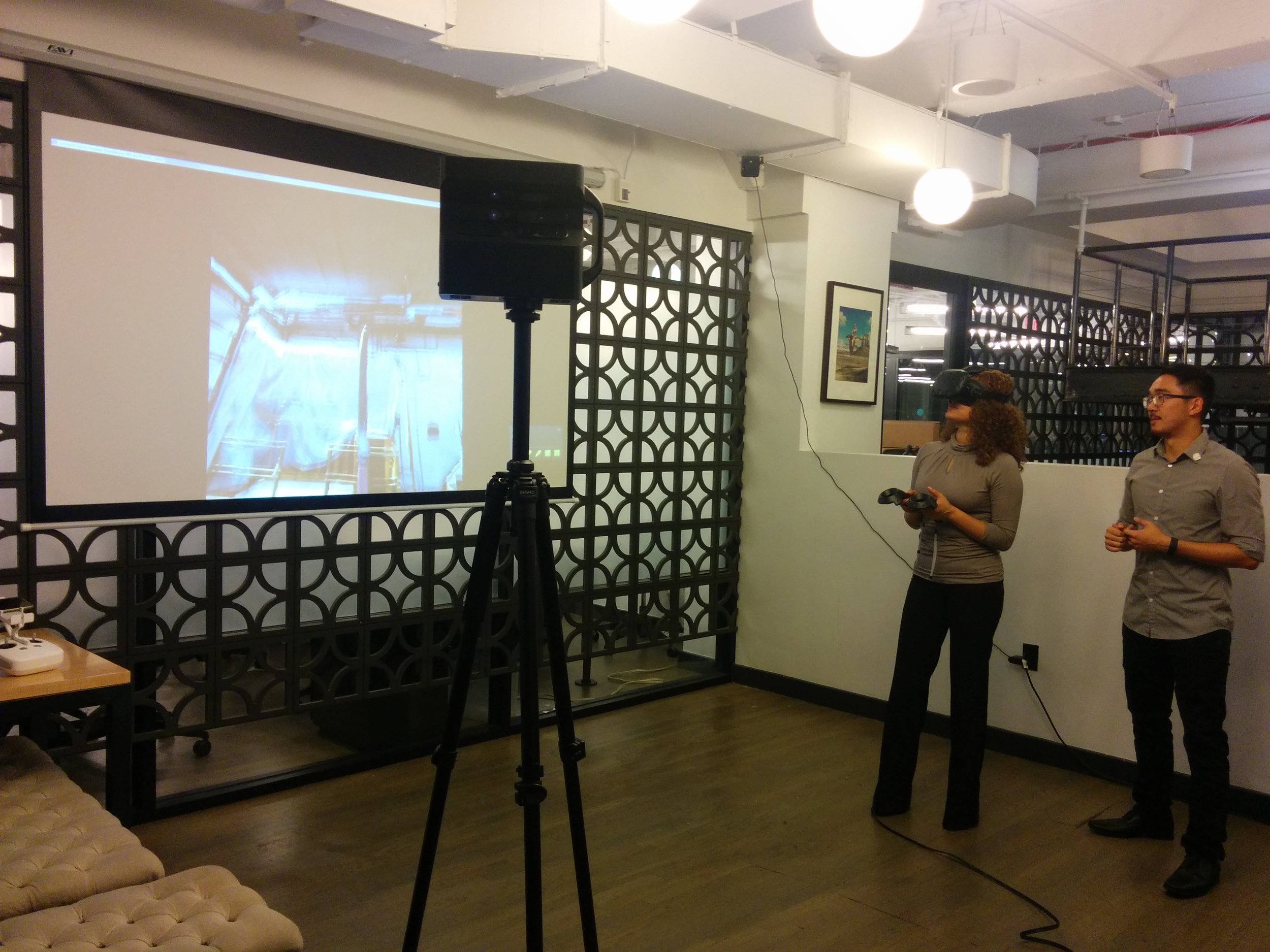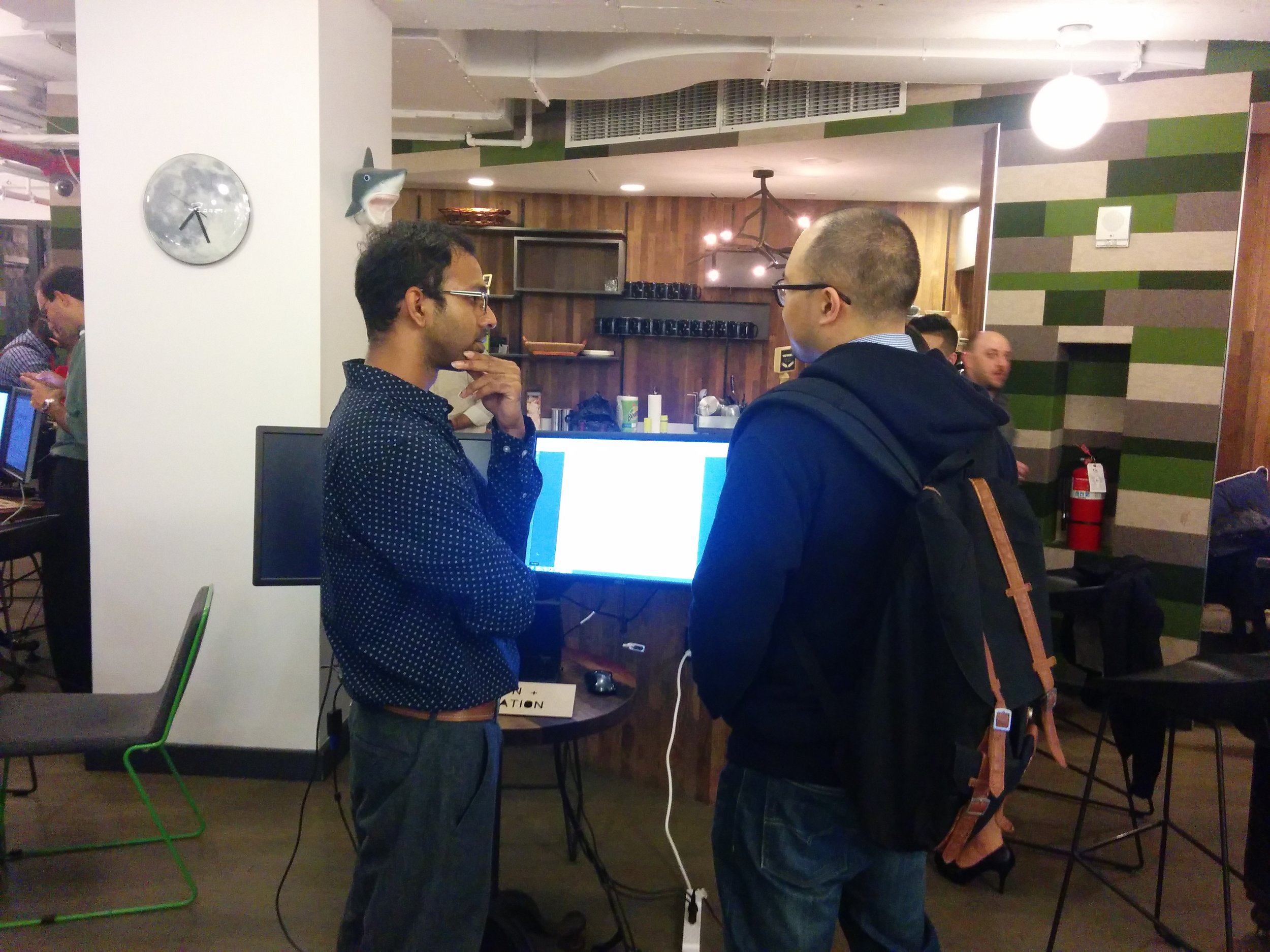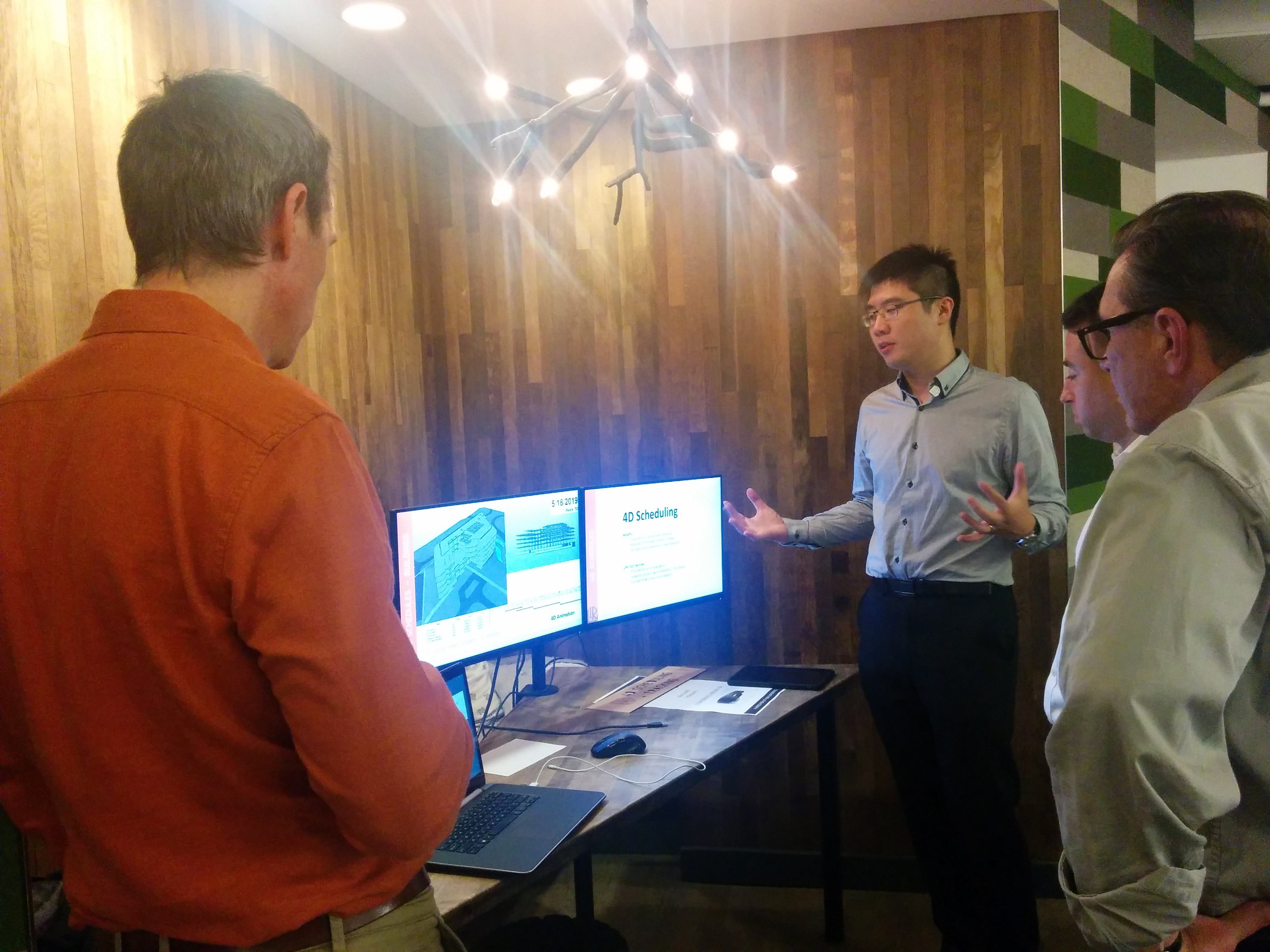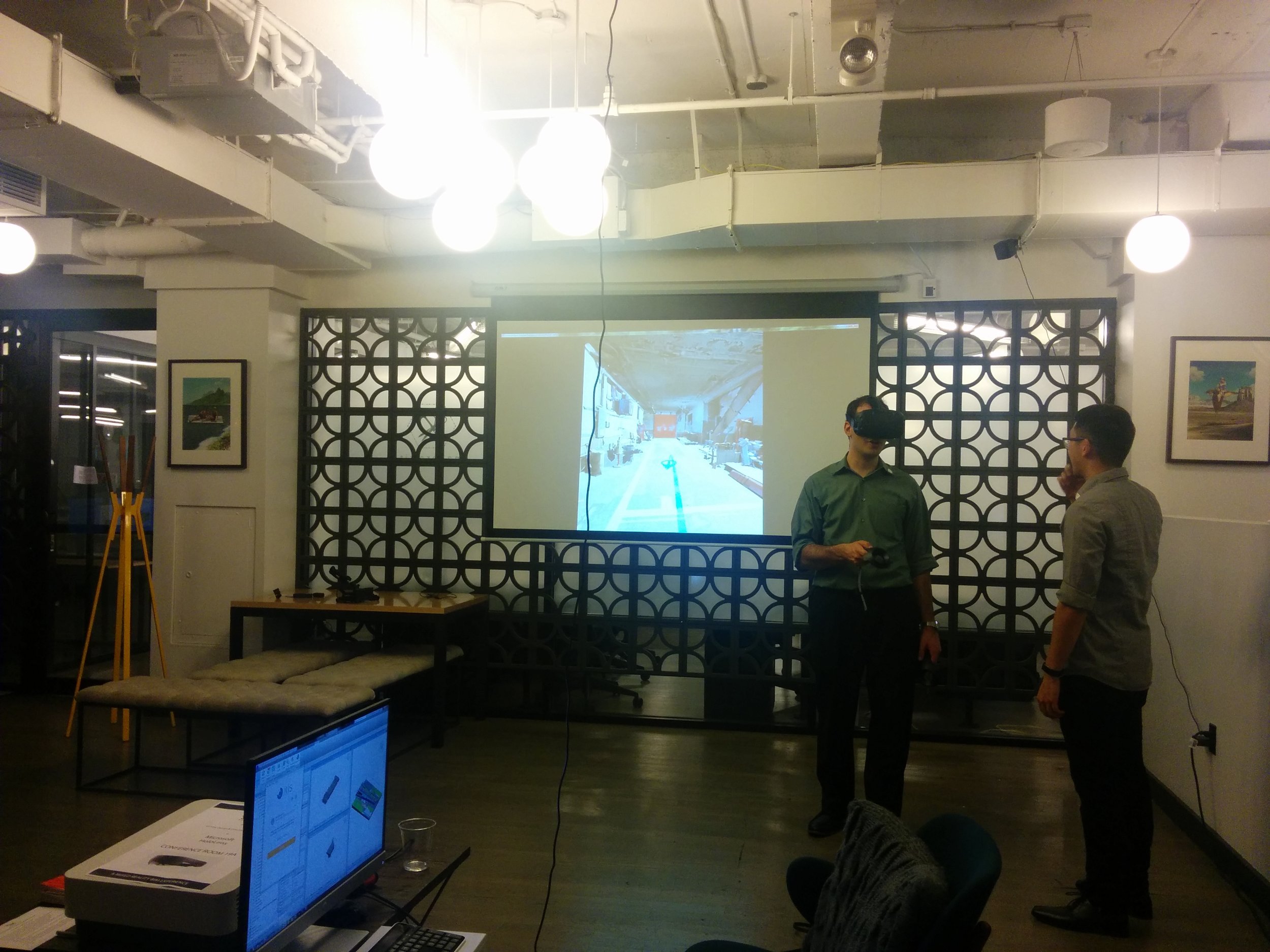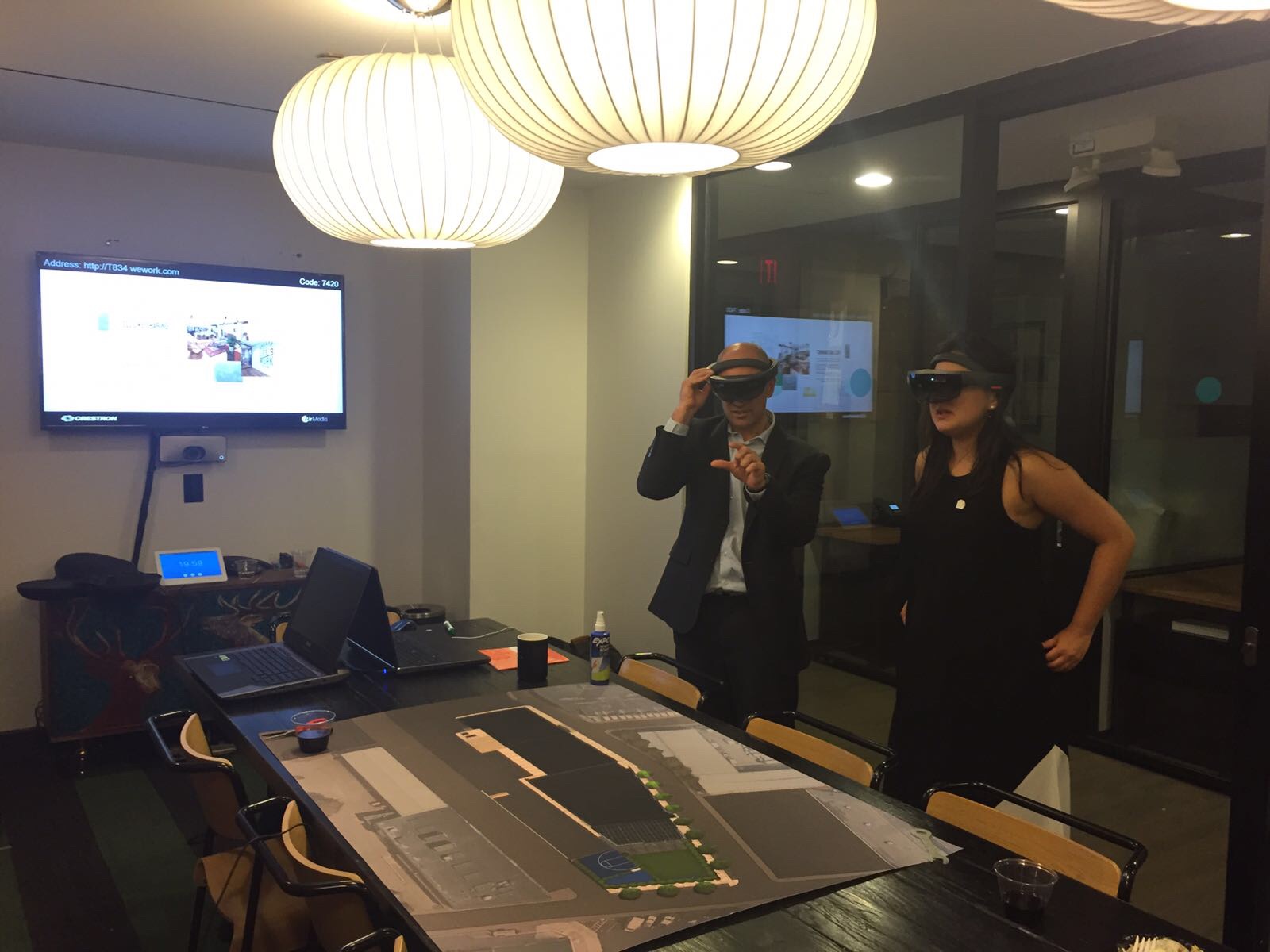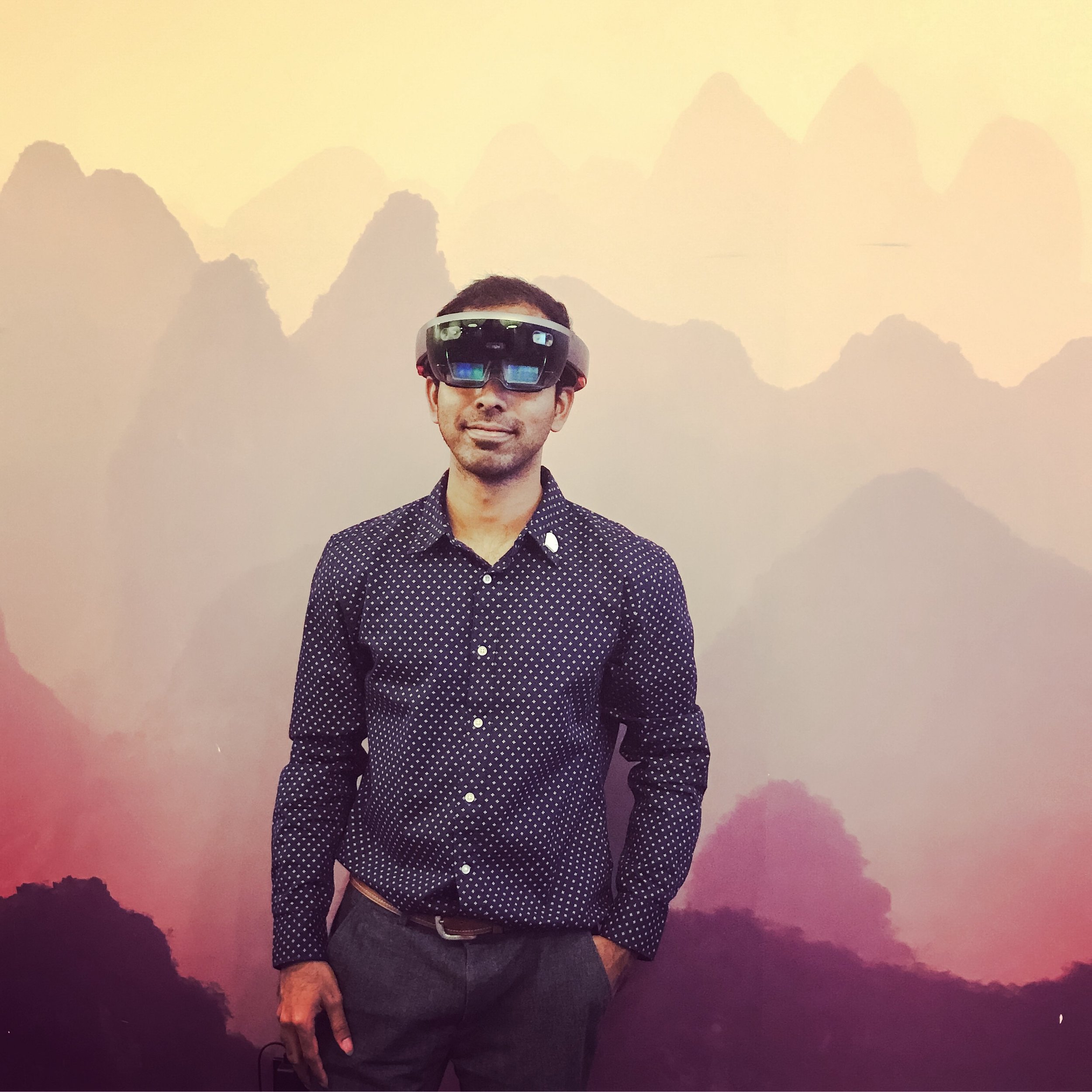By Cheryle Cranbourne
As conversations on US Infrastructure segue from how bad is it ("poor"), and what will happen if we fail to act (trillions in shortfall), to where the budget will come from (it's in the works), we should talk about how these massive improvements will take place. Obviously, the large variety of facilities and infrastructure assets vary as much as their needs do, but on a broader scale, moving forward would require an approach that goes beyond band-aid fixes and mending potholes.
There is a tremendous opportunity to use technology as a way forward for more innovative and sustainable practices as far as procuring, developing and maintaining infrastructure and facilities. The world is recognizing a new era for the construction industry -- arguably the last bastion of paper-based work practices to take on digitization. Other countries' governments recognize Building Information Modeling (BIM) tools and Virtual Design and Construction (VDC) methodologies as critical technology and practices for smarter building. The US should also be pushing this innovation, and focusing on best practices in construction. This is not only necessary for the health of our built environment, but not doing so would inevitably stall our economy literally and figuratively.
As cities continue to grow and expand, so will infrastructure development. Handling this expansion and maintenance will depend heavily on their virtual counterparts. Big data, cloud computing analytics, sensors, internet of things – buzz words we've all been hearing about and use across other industries – will affect the Architecture, Engineering and Construction industry in paramount ways. Utilizing such technology towards the betterment of America's infrastructure and facilities is a crucial step forward. Some examples include:
- Laser scanners are increasingly more cost-efficient and can survey existing projects very efficiently and accurately. These point clouds can be ported into modeling software for data-rich 3D models.
- Software can model highways, bridges, work-sites, neighborhoods, even the pipes and systems that live under roads. This data can live on in perpetuity, and be accessed from a multitude of devices, so project teams can collaborate more effectively and make better informed decisions.
- Drones and other robots can inspect bridges and tunnels while pin-pointing potential cracks and other issues by using sensors and photogrammetry tools quickly and safely.
- Local integrated sensors monitoring activity such as tensile strength, sound, or movement, can keep real-time tabs on the health of our infrastructure and facility assets.
- Clash-detection software helps VDC specialists to locate issues in the virtual project model ahead of actual construction. These include clashes between architecture, structure and MEP systems, and clearance problems. The ability to resolve project issues before they are problems in the field is perhaps the most immediate ROI on BIM, in addition to improved collaboration, visualization and analysis.
- Schedule integration with BIM involves linking time-based information with Building Information Models so projects can be showcased over time. Having a better understanding of the how and when projects will unfold enables engineers to cut out time-wasting processes, and better understand how real-time changes will affect the subsequent construction of the project.
- BIM-driven Tracking and Reporting keeps track of construction site assets (materials, people, and equipment) and can help project efficiency and safety tremendously.
- Project delivery models for infrastructure could include detailed information, such as precise asset locations, installation information, materials and warranty details that will help operate these infrastructure for the purposes of preventative maintenance, as well as fast reactive fixes and replacements. With BIM this is possible.
The potential benefits of using such technology in infrastructure projects are immense. Virtual design and construction provides higher accuracy, less waste, and the potential to deliver more services in less time than traditional construction processes. BIM-data rich models can be utilized from design through construction, operations, and decommissioning, and since infrastructure projects are around for the very long term, there are continual returns plus more value in implementing BIM from the very beginning. The more information we have about our infrastructure, the more effectively we can maintain our assets and be proactive in their maintenance.
BIM and VDC have already proven successful in building and isolated infrastructure projects. The UK recognizes its potential, and is mandating that all government-backed projects, regardless of scale, utilize BIM from design through construction and operations starting in 2016. The fact that other progressive governments and large-scale institutions have embraced BIM to better manage large asset portfolios within tight budgets, suggests its value.
It’s time the US, a leader in technology in almost every other respect, does the same.

